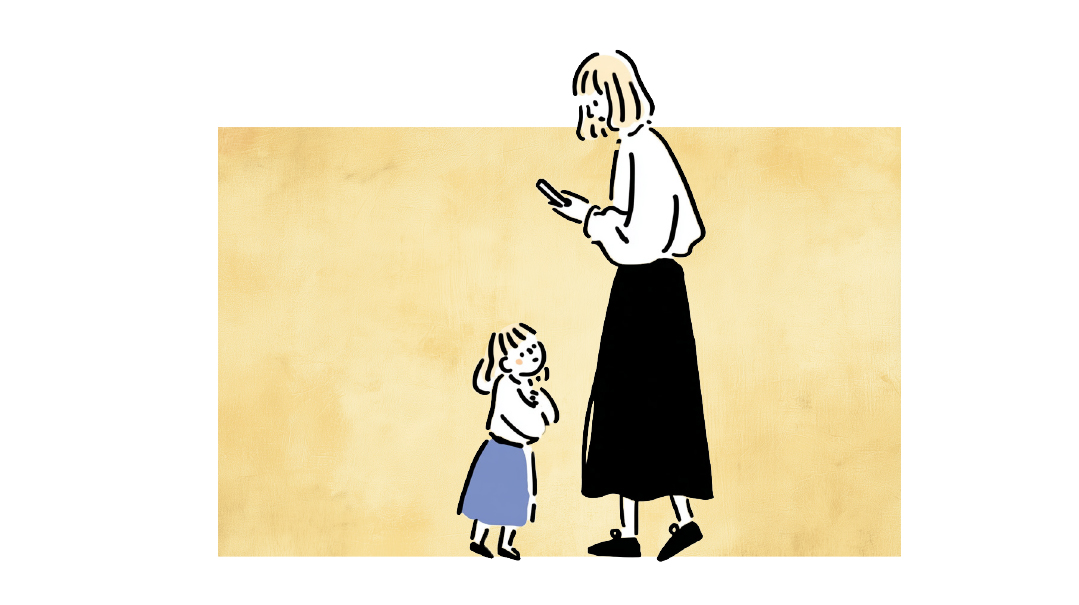When Parents Disagree


E stee feels that vegetables are an important part of every meal. Her dinners always include a selection of several vegetables and her rule is: “You have to eat at least one.” Seven-year-old Dovi hates vegetables. Every night there’s a struggle at the table and this night is no different. “I’m only eating the fish sticks” Dovi announces.
Joseph disagrees with his wife’s philosophy. “I never ate vegetables as a kid and I grew up just fine. I eat plenty of vegetables now. I think children’s tastes develop over time and forcing a child to eat a food he doesn’t like can give him eating disorders or other problems. I don’t think you should be doing this.”
He says this at the table as Dovi is shoving the vegetables away and Estee is shoving them back to him. Estee glares at Joseph stands up stomps off to her room and slams the door. Dovi loses his appetite for the fish sticks.
The family “triangle” is a common phenomenon. It happens because parents earnestly want the best for their children. However in their quest to give them that “best ” adults often inadvertently end up giving their youngsters the worst. The vegetable story illustrates many problematic aspects of family communication:
1. Differing Opinions
In marriage it’s inevitable that there will be disagreements. Disagreements however do not necessarily lead to arguments or fights. Arguments and fights are caused by a lack of verbal or behavioral restraint. People may know how to make their points appropriately but they can fail to do so when their emotions overwhelm their frontal cortex.
Joseph for example expresses his thoughts quite well. However because his heart goes out for his son’s vegetable misery he allows himself to discuss the issue right in front of the child. Since there was no emergency occurring Joseph should have waited to share his opinion at a more appropriate moment. Joseph’s pain led to a lack of restraint causing him to act as if the matter was urgent and had to be settled right then and there.
Differing opinions about parenting decisions should not be discussed in front of a child. The child will assume blame for the parental squabble and suffer guilt. The rule is to discuss differing opinions calmly and respectfully at an appropriate time (when each partner is emotionally and physically available) and place (in private).
2. Compromising and Solutionizing
Although Joseph (inappropriately) expresses his opposing parenting ideology this couple does not attempt to seek a resolution. Estee is so upset that she simply walks out. Perhaps she’ll later reprimand her husband but will the couple actually discuss the vegetable issue properly and reach a resolution? That’s what must happen whenever there is a difference of opinion.
Estee could have said “I understand your viewpoint sweetheart. Why don’t we discuss this some more tonight after the kids go to bed?”
3. Alignment
When a parent rushes to protect a child from the other parent as Joseph did the other parent is likely to feel very wounded. This error occurs frequently for two main reasons: The child within us identifies with our “helpless” child pushing us to rescue him or her from even minor pain and we forget to love our spouse. In reality our allegiance should be to our adult partner not to our child. “Listen to your mother and take a vegetable!” is what Joseph should have said. But when Joseph identified with little Dovi “Mom” became the official enemy.
Of course if one parent is abusing the child the other parent must protect the child. But when a partner is just doing everyday less-than-perfect parenting the other parent needs to support him or her and then take time to discuss and resolve the issues privately at a later time.
4. Anger Management
Yelling steamrolling insulting using sarcasm refusing to listen slamming doors stomping out shutting down and other unloving forms of communication have no place in marriage. They never help; they always hurt. If you find yourself doing these things get the help you need to fix the problem. Failure to do so will hurt you your spouse and your children.
When it comes to family life the way we deal with issues is more important than the issues themselves. When we don’t see eye-to-eye we still need to connect heart-to-heart. Ultimately it’s our loving and respectful communication — and not the zucchini! — that nurtures each member of the family. (Originally featured in Family First Issue 570)
Oops! We could not locate your form.




